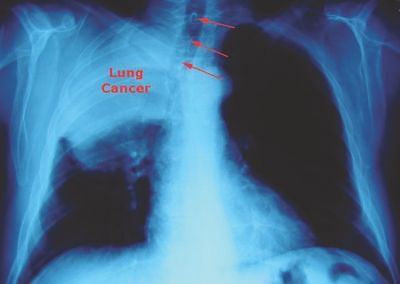Preventing cancer, prolonging life

Cancer is one of the leading causes of death worldwide, accounting for 7.6 million deaths in 2008, three quarters of whom were in low- and middle- income countries like Bangladesh. However, up to 40% of all cancer deaths can be avoided by behavioural and dietary change.
Avoiding or reducing the risk from the following factors that contribute one-third of all cancer cases can not only prevent cancer but also prolong life.
Tobacco
Tobacco use is the single greatest avoidable risk factor for cancer mortality worldwide, causing an estimated 22% of cancer deaths per year. Tobacco smoking causes many types of cancer, including cancers of the lung, esophagus, larynx (voice box), mouth, throat, kidney, bladder, pancreas, stomach, cervix and colon.
Physical inactivity, dietary factors, obesity and being overweight
Dietary modification is another important approach to cancer control and prevention. There is a link between overweight and obesity to many types of cancer such as oesophagus, colorectum, colon, breast, uterus and kidney. Diets high in fruits and vegetables may have a protective effect against many cancers. Conversely, excess consumption of red and preserved meat may be associated with an increased risk of colorectal cancer. Evidence suggested that undertaking 150 minutes a week of moderate physical activity can reduce the risk of breast and colon cancers.
Infections
Infectious agents are responsible for almost 22% of cancer deaths in the developing world and 6% in industrialised countries. Viral hepatitis B and C cause cancer of the liver; human papilloma virus (HPV) infection causes cervical cancer; the bacterium Helicobacter pylori increases the risk of stomach cancer. Vaccination against hepatitis B and (HPV) and taking other preventive strategy to avoid infection can easily reduce the risk to many fold.
Environmental pollution
Environmental pollution of air, water and soil with carcinogenic chemicals accounts for 1–4% of all cancers. Exposure to carcinogenic chemicals in the environment can occur through drinking water or pollution of indoor and ambient air. In Bangladesh, 5–10% of all cancer deaths in an arsenic-contaminated region were attributable to arsenic exposure. Exposure to carcinogens also occurs via the contamination of food by chemicals, such as aflatoxins or dioxins. Indoor air pollution from coal fires doubles the risk of lung cancer, particularly among non-smoking women, a practice that is particularly widespread in rural Bangladesh.
Radiation
People are exposed to ionizing radiation through diagnostic tools like x-ray, CT Scan which too much has the potential to cause cancer (carcinogenic). Ultraviolet (UV) radiation, and in particular solar radiation, is carcinogenic too and cause skin cancer.
Alcohol use
Alcohol use is a risk factor for many cancer types including cancer of the oral cavity, pharynx, larynx, oesophagus, liver, colorectum and breast. Risk of cancer increases with the amount of alcohol consumed.

 For all latest news, follow The Daily Star's Google News channel.
For all latest news, follow The Daily Star's Google News channel. 



Comments